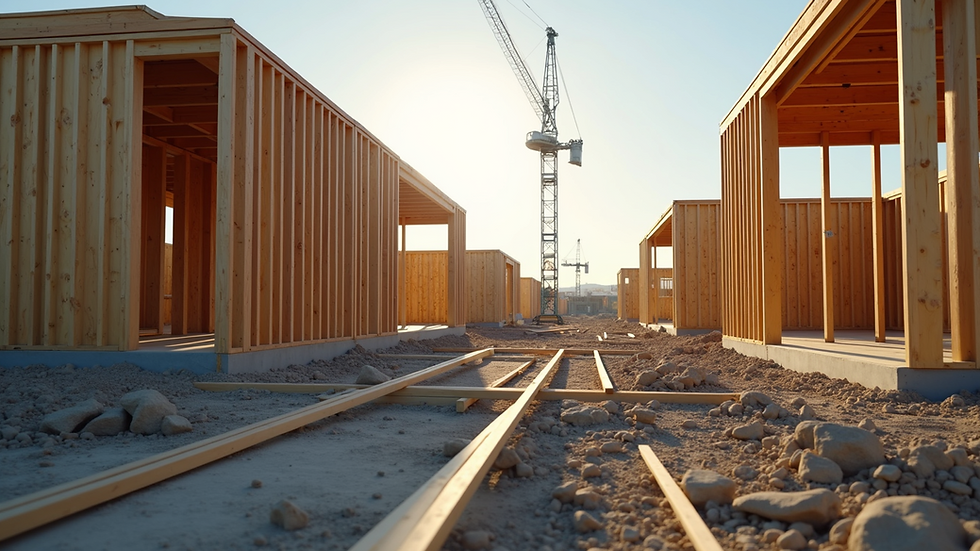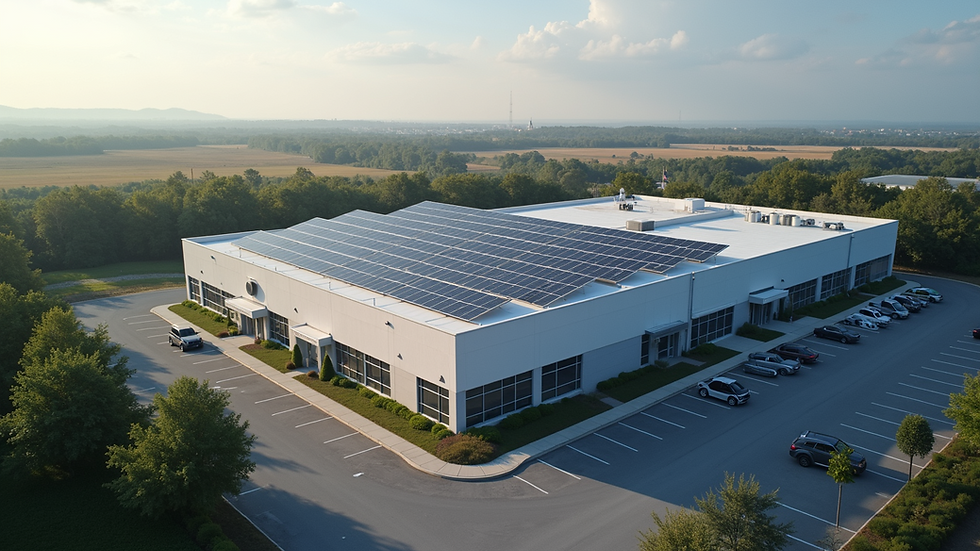Quality and Innovation in Construction Philosophy
- TYLER NGUYEN
- Aug 26
- 4 min read
In the world of construction, success hinges on two critical pillars: quality and innovation. These elements shape every project, from the initial blueprint to the final nail. I have witnessed firsthand how embracing innovative construction methods transforms not only the structures we build but also the communities we serve. This post explores how these principles drive excellence and set new standards in construction.
The Role of Innovative Construction Methods in Modern Building
Innovative construction methods are more than just new tools or materials. They represent a shift in mindset. These methods improve efficiency, reduce waste, and enhance safety. For example, modular construction allows for building components to be prefabricated off-site. This approach cuts down on-site construction time and minimizes disruptions to the surrounding environment.
Another example is the use of Building Information Modeling (BIM). BIM provides a digital representation of the physical and functional characteristics of a project. It enables better collaboration among architects, engineers, and contractors. This collaboration reduces errors and ensures that every detail aligns with the project’s goals.
In Southern California, where environmental regulations and seismic considerations are paramount, innovative methods help meet these challenges head-on. Techniques like advanced seismic retrofitting and sustainable material use ensure buildings are safe, durable, and eco-friendly.

What is Quality Improvement and Innovation?
Quality improvement and innovation go hand in hand. Quality improvement focuses on enhancing processes to deliver better outcomes consistently. Innovation introduces new ideas and technologies that push the boundaries of what is possible.
In construction, quality improvement might involve adopting stricter inspection protocols or refining project management workflows. Innovation could mean integrating drones for site surveys or using 3D printing for custom building parts.
Together, these approaches create a feedback loop. Innovations lead to better quality, and quality improvement encourages further innovation. This cycle drives continuous progress, ensuring projects meet or exceed expectations.
For instance, TLT Builder integrates these principles by continuously updating their construction techniques and materials. This commitment results in projects that stand the test of time and satisfy clients’ evolving needs.

Practical Steps to Implement Innovative Construction Methods
Implementing innovative construction methods requires a clear strategy. Here are actionable steps to consider:
Assess Current Practices - Identify areas where traditional methods fall short. Look for inefficiencies, safety concerns, or quality issues.
Research New Technologies - Stay informed about emerging tools and materials. Attend industry conferences, read trade publications, and network with experts.
Pilot New Approaches - Start small by testing innovative methods on limited projects. Monitor results closely to evaluate effectiveness.
Train Your Team - Ensure everyone understands the new techniques and their benefits. Training reduces resistance and improves execution.
Measure and Adjust - Use data to track improvements in cost, time, and quality. Adjust strategies based on feedback and outcomes.
By following these steps, construction teams can gradually integrate innovation without disrupting ongoing operations. This approach also builds confidence among stakeholders and clients.
The Impact of Quality and Innovation on Project Outcomes
When quality and innovation come together, the results are remarkable. Projects finish on time and within budget. Structures are safer, more sustainable, and more functional. Clients experience fewer headaches and greater satisfaction.
For example, using energy-efficient materials and smart building systems reduces operational costs for commercial properties. In residential projects, innovative designs improve comfort and accessibility. Infrastructure projects benefit from durable materials that require less maintenance.
Moreover, these improvements contribute to the broader community. Sustainable construction reduces environmental impact. Safer buildings protect lives during natural disasters. Efficient project delivery supports local economies by creating jobs and minimizing disruptions.
I have seen how quality and innovation elevate construction projects from ordinary to exceptional. This philosophy is not just a goal but a daily practice that shapes every decision.

Building Lasting Relationships Through Quality and Innovation
At the heart of every successful construction project is trust. Delivering consistent quality and embracing innovation builds that trust. Clients know they can rely on their construction partner to meet deadlines, control costs, and exceed expectations.
This trust leads to lasting relationships. Repeat business and referrals become the norm. For a company like TLT Builder, this means becoming the go-to construction partner in Southern California. It means making a real difference in the community through every project completed.
To foster these relationships, communication is key. Keep clients informed at every stage. Be transparent about challenges and solutions. Show how innovative methods improve outcomes. This openness strengthens confidence and collaboration.
Moving Forward with Confidence and Clarity
The future of construction lies in the seamless integration of quality and innovation. By adopting innovative construction methods, we can build smarter, faster, and better. We can create spaces that inspire and endure.
For those embarking on new projects, I recommend prioritizing these principles from the start. Choose partners who demonstrate a commitment to continuous improvement and cutting-edge techniques. Demand transparency and accountability. Insist on results that reflect true craftsmanship and forward-thinking.
Together, we can shape a built environment that reflects the highest standards of excellence. The path is clear. The tools are ready. The time to act is now.

Comments